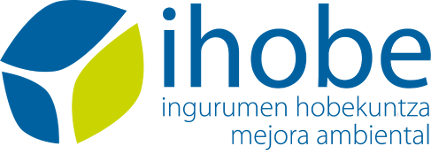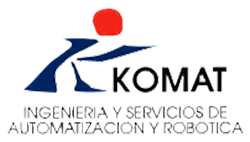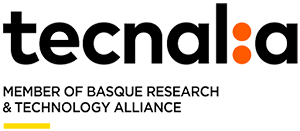ROBERT
ROBOTISATION TO REDUCE RESOURCE CONSUMPTION IN TUNNEL SUPPORT CONSTRUCTION
Tunnels are infrastructures that play a vital role in the economic advancement of regions. From the point of view of passenger and/or goods transport, the main importance of tunnels lies in their capacity to improve connections between industrial, commercial or tourist sites, reducing the distance between these points, which leads to savings in terms of time and, above all, in costs. In addition to increasing productivity, the construction sector must meet the growing demands of users for greater complexity, better performance, lower cost and shorter lead times. Similarly, major concern for climate change has been developing in recent years, with strategies such as the European Green Deal, whose objectives include increasing the circularity of resources, improving the productivity of materials, reducing the environmental footprint of products and the application of eco-designs that take into account the entire life cycle, prioritising sectors such as construction.
LURPELAN, a company specialising in the execution of underground infrastructures, has led ROBERT, a project in which it has worked with the electrical engineering company, KOMAT, and the TECNALIA Technology Centre.

DRIVING FACTOR
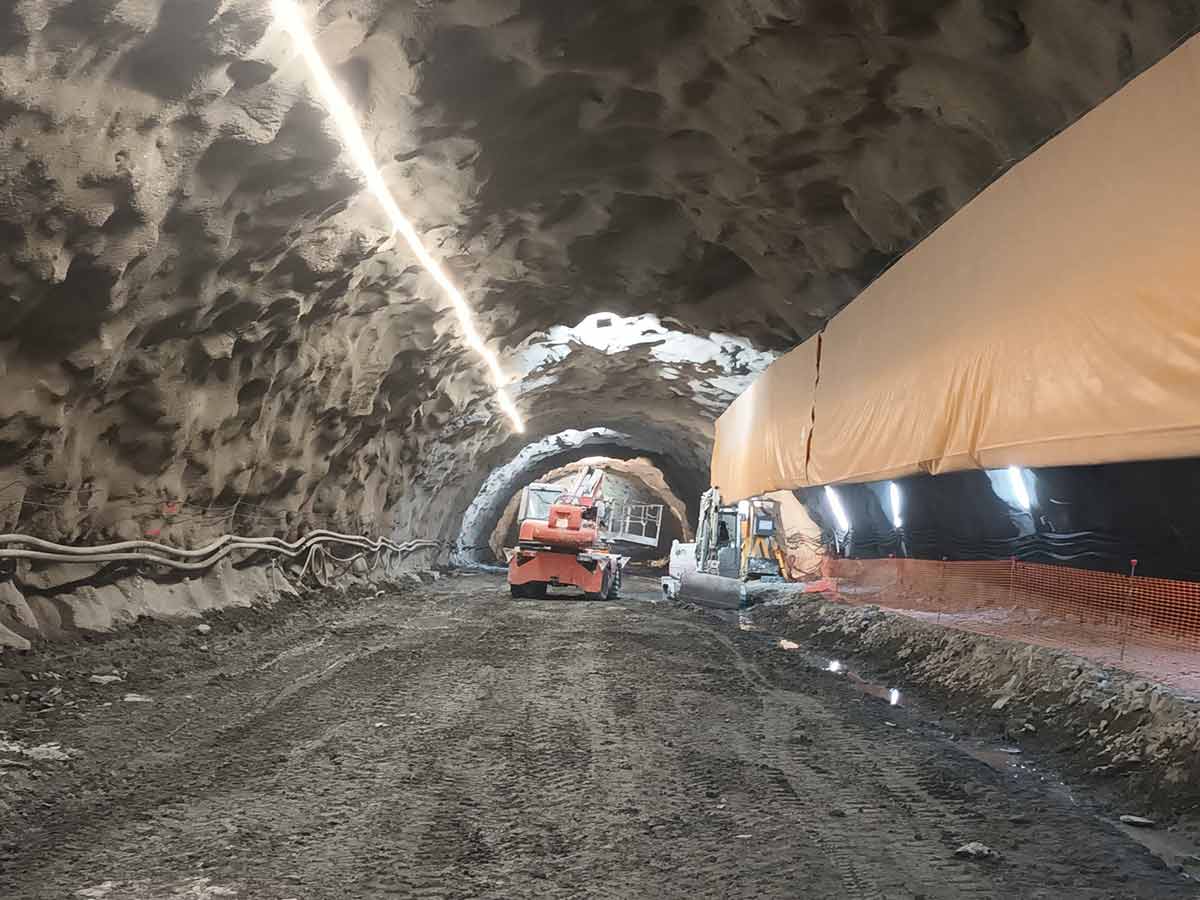
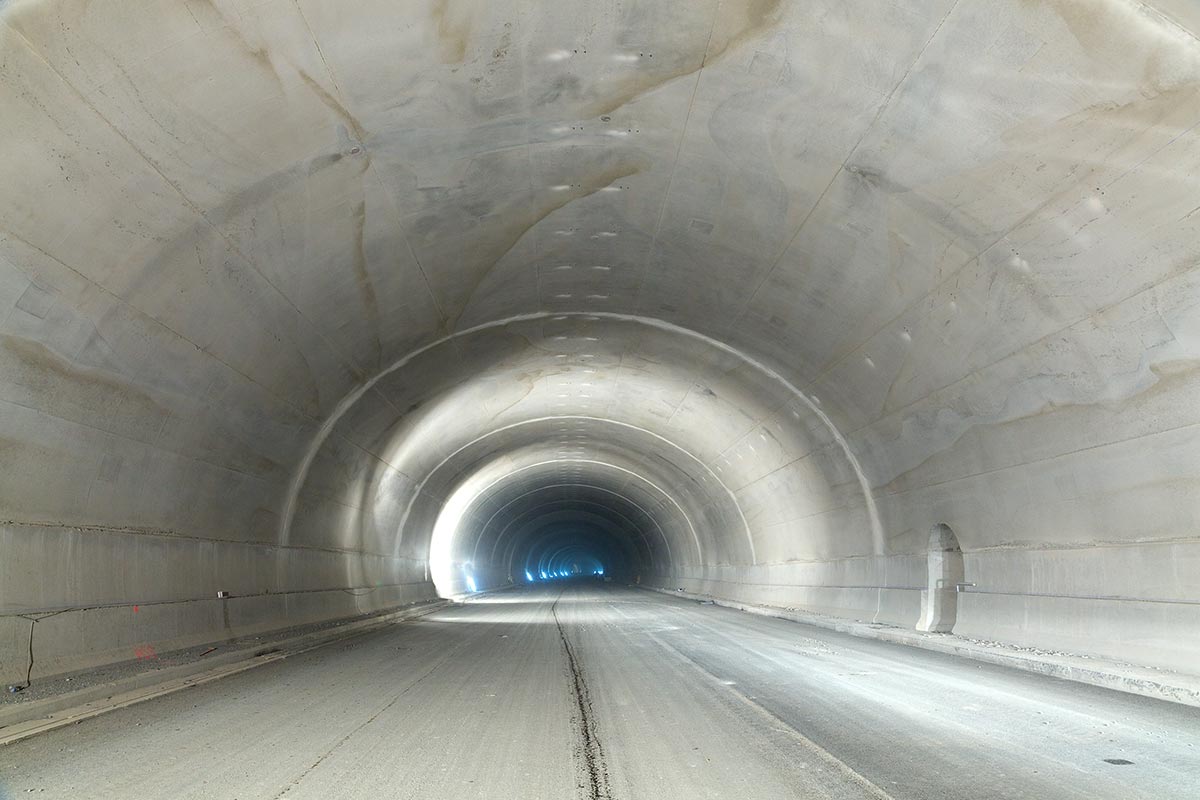

 OBJECTIVES
OBJECTIVES
- Increase the productivity and efficiency of tunnel support construction processes through the research, development and validation of a robotic solution for the on-site 3D printing of these structural components on a pilot laboratory scale.
- Eco-design tunnel supports combining topological optimisation techniques and Life Cycle Analysis (LCA), and dematerialise at least 60% of the components.
- Develop new formulations of cementitious materials for direct printing on vertical surfaces or under roofs, under principles of maximum material efficiency and circularity in the use of excavation surpluses and available mineral inputs. Replace up to 20% of natural raw materials with surplus or secondary mineral resources.
- Develop printing systems based on robotic arms specifically for this application, capable of taking full advantage of the benefits of topological optimisation in structural design and reducing material loss.
 RESULTS
RESULTS
- New formulations of cement-based materials for direct 3D printing in tunnels, validated on a laboratory scale, and with better structural features and higher performance compared to current shotcrete and with lower costs and environmental impact compared to conventional printing materials due to the incorporation of recycled materials (recycled granular material from construction and demolition waste (CDW) and/or from the excavation itself).
- New system validated on a laboratory scale and based on a specific robotic arm for on-site 3D printing of tunnel supports, capable of implementing the complex geometries of the optimised designs in such a way that it is economically viable, generating tunnel supports with a better surface finish and greater control of thicknesses compared with traditional supports executed by gunning and reducing the loss of material due to the rebound effect from 35% (current systems based on concrete spraying) to 5%.
- Lower carbon footprint impact of the printed solution compared with traditional methods only in cases where the soil to be excavated is of very low quality and therefore the support requirements are higher.
 CONCLUSIONS
CONCLUSIONS
- The proposed solution (3D printing service for the implementation of tunnel supports) addresses the needs of the underground civil works sub-sector, generating a business opportunity that will enable LURPELAN to position itself at a competitive advantage in relation to its competitors.
- Based on ROBERT's results regarding the system for on-site 3D printing of tunnel supports, KOMAT will develop a new line of special products for a new market niche (construction sector) that will contribute to increasing its business volume in a very competitive environment, as well as developing business lines related to rental and a maintenance, user training and overhaul service.
- ROBERT spin-off developments will continue to seek complementary funding to achieve closer to market levels of development. Lines of research have been detected that could be addressed through more basic R&D projects to move further towards the feasibility of 3D printing with cement-based materials as a construction system for the implementation of tunnel supports.
ENVIRONMENTAL
TECHNICAL
ECONOMIC
COMMERCIAL
ON THE MARKET
